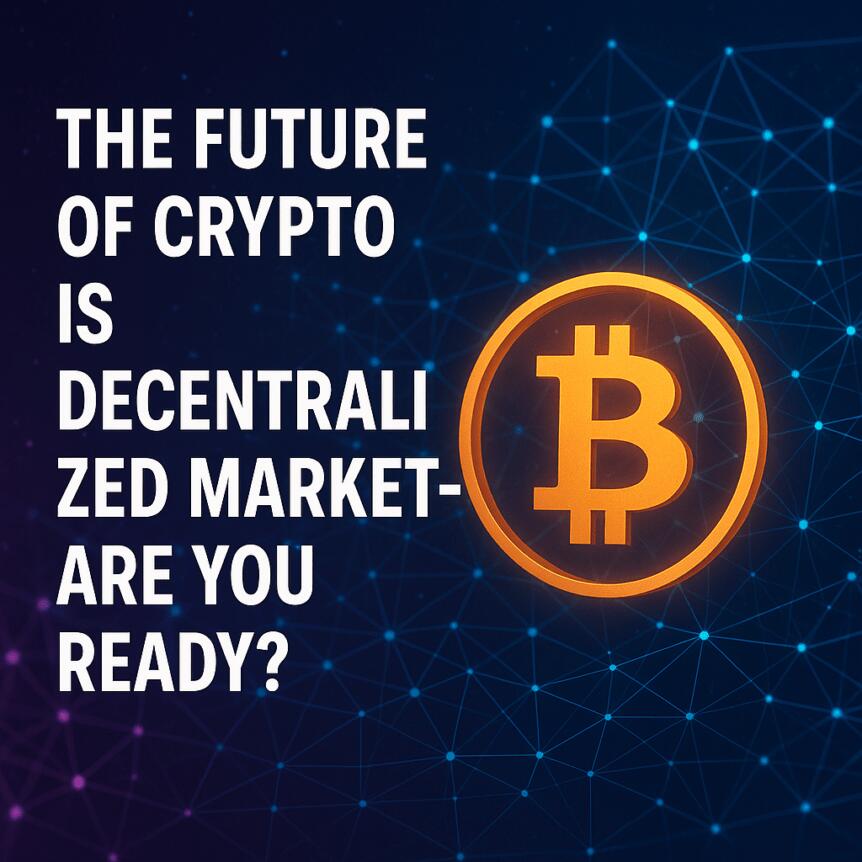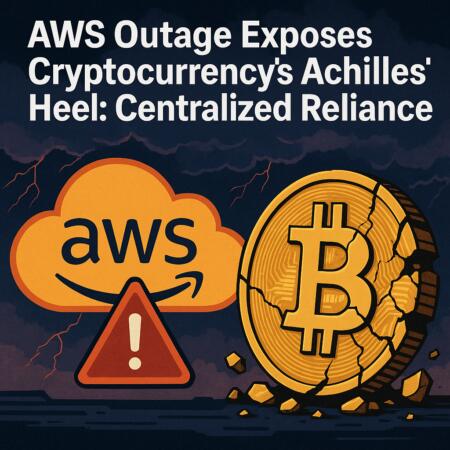DeFi continues to reshape the landscape of digital finance, strengthening its position amid regulatory adjustments and increasing institutional trust. As the sector matures, decentralized exchanges (DEXs) are demonstrating remarkable progress, capturing market share from traditional centralized exchanges (CEXs) and pushing the boundaries of blockchain technology. This evolution signals a potential shift toward a more resilient, transparent, and user-empowered crypto financial ecosystem.
- DeFi trading volume surpasses centralized exchanges, with top decentralized platforms facilitating $876 billion in Q2, marking a 25% increase.
- Innovations in DEX infrastructure, including hybrid models combining AMMs and order books, improve liquidity and reduce slippage.
- Regulatory clarity and self-custody advantages are driving renewed trust in DeFi, especially during moments of regulatory tensions.
- Traditional CEXs are beginning to integrate DeFi features, but their centralized structures hinder rapid innovation compared to DEXs.
- The future favors decentralized protocols that operate with leaner, code-driven frameworks capable of quick updates and feature deployment.
Decentralized exchanges are transforming
While the failures of Celsius, BlockFi, and FTX exposed systemic vulnerabilities within centralized platforms, DEXs have set out to deliver comparable speed and user experience by leveraging high-performance blockchains and custom infrastructure. As blockchain latency improves, fully onchain order books have become feasible, directly addressing liquidity and capital efficiency issues that once hampered decentralized finance.
Beyond early models like GMX, innovative hybrid designs now blend AMMs with traditional order books to mitigate slippage and deepen liquidity pools, making DEXs more attractive to traders seeking efficiency and reliability.
Market dominance shifts toward DeFi
Market data reveals a compelling trend: in Q2, the top 10 DEXs facilitated $876 billion in spot trading, a 25% rise from the previous quarter, while CEX volumes declined by 28%, dropping to $3.9 trillion. This shift underscores DeFi’s growing prominence in the crypto trading landscape.
DeFi’s rise isn’t limited to trading. Lending protocols have experienced a surge in activity, with borrowing jumped by 959% since late 2022, surpassing traditional banking activities. Aave’s deposits now rival those of U.S. banks, exemplifying DeFi’s expanding financial footprint. Partnerships such as Coinbase’s with Morpho, which offers Bitcoin-backed loans via onchain infrastructure, further highlight the evolving credibility of DeFi as a core component of the crypto economy.
Regulation and renewed trust bolster DeFi growth
Recent regulatory clarity in the broader crypto market has begun encouraging DeFi protocols to engage more openly with regulators. Uniswap has led the charge, advocating for sensible policy reforms that legitimize decentralized systems. During regulatory pressures like SEC lawsuits against Binance and Coinbase, traders swiftly migrated to DEXs, with volumes surging by 444% within hours. This response illustrates a clear preference for onchain finance during turbulent times.
Security concerns also favor DeFi. Between 2012 and 2023, centralized exchanges lost over $11 billion to hacks or mismanagement—far more than assets lost in DeFi smart contract breaches, reinforcing trust in decentralized solutions.
CeFi on the back foot, DeFi gaining ground
Traditional exchanges are introducing onchain features to remain competitive. Coinbase’s integration of Aerodrome, built on its Layer 2 network, exemplifies this trend. Meanwhile, Binance’s BNB Chain attracted millions through projects like Aster, a DEX on BNB Chain, sparking questions about decentralization levels — especially with links to its wealthy founders.
By late 2024, DeFi’s total value locked (TVL) rebounded near $130 billion, surpassing many traditional sectors in transparency and permissionless access. Meanwhile, many CEXs face setbacks, scaling back operations, or delaying new products due to regulatory hurdles. Conversely, DEXs benefit from their flexible, code-based structures, enabling rapid innovation across various sectors including derivatives, asset management, and payments.
The road ahead
Unless centralized exchanges innovate substantially, they risk losing relevance. The crypto community increasingly trusts transparent, onchain systems over traditional corporate-backed platforms. As liquidity returns, DeFi protocols attract a growing share of funds, signaling a resilient, user-centric future for blockchain-based finance.



